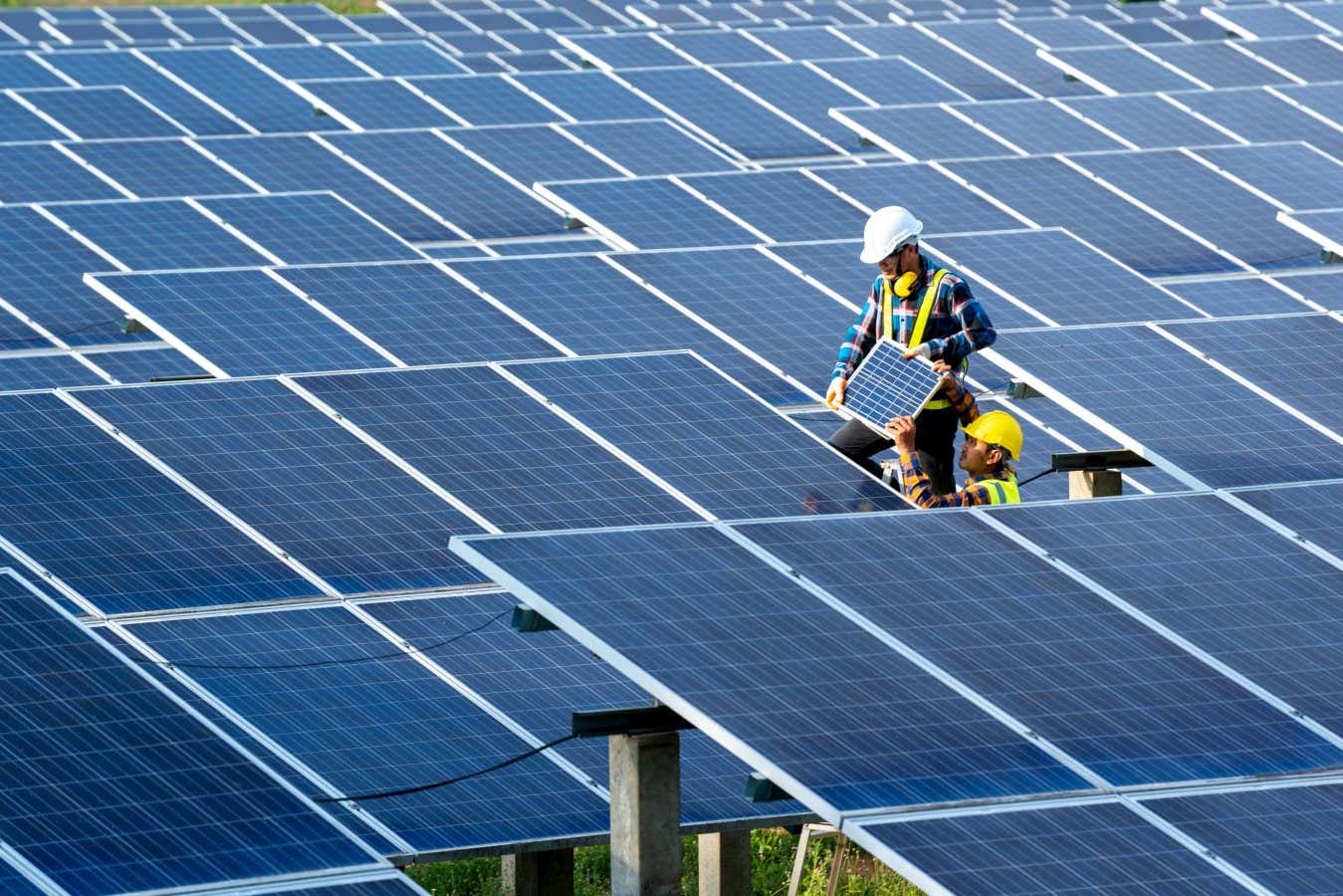Now Reading: New Research Challenges Thermal Radiation Laws to Boost Solar Cell Efficiency
-
01
New Research Challenges Thermal Radiation Laws to Boost Solar Cell Efficiency
New Research Challenges Thermal Radiation Laws to Boost Solar Cell Efficiency

Fast Summary
- Researchers at Pennsylvania State University have managed too break KirchoffS law of thermal radiation, a principle dating back to the 1800s that states objects emit as much heat as they absorb.
- The breakthrough involved using a specially structured material made from indium, gallium, and arsenide paired with a constant magnetic field.
- Experiments showed that the material emitted up to 43% more radiation than it absorbed across multiple wavelengths of light.
- This discovery could improve energy-harvesting devices like solar cells by increasing their efficiency.
- Challenges remain in adapting this technology for practical use due to the need for magnets, but researchers are exploring alternatives like magnet-like materials and electromagnetic techniques.
Indian Opinion Analysis
The growth holds notable potential for India’s renewable energy sector. As one of the largest markets for solar power,any innovation that enhances efficiency could further accelerate India’s ambitious clean energy goals. However, integrating these advancements into practical applications may take time due to manufacturing challenges linked with magnetic components. The focus on scaling technologies or developing magnet-free alternatives will be crucial in defining how this breakthrough can benefit emerging economies like India where affordability also plays a major role.























